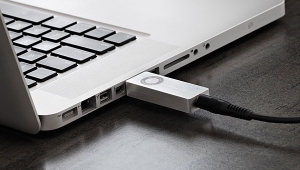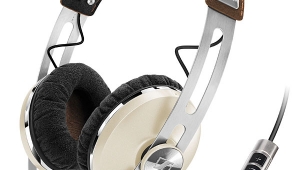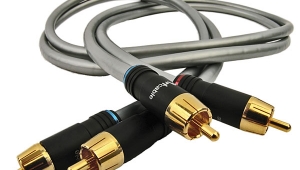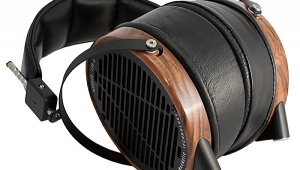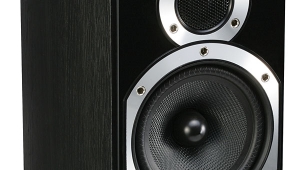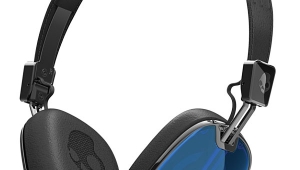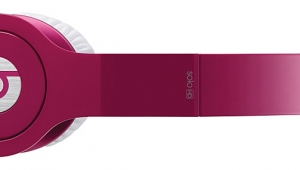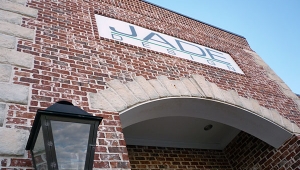| Columns Retired Columns & Blogs |
There are plenty of cable naysayers that insist changing cables cannot change the sound.
There were also plenty of naysayers that insisted there was absolutely NO WAY THE WORLD WAS ROUND. A round world??? What a silly....nay...insane thought!!!!!
We all absolutely KNOW that if the world was round some people would fall off.
Boy....the flatlanders were wrong on that one!
To those that seem to KNOW cables can't make a difference, I say, enjoy your flatland and be careful not to fall off the edge, I will enjoy learning and discovering new things in my round planet.
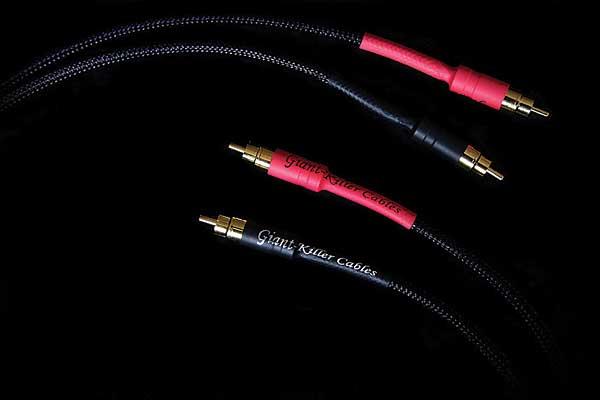
 AudioQuest's Shane Buettner had sent me a set of that company's Q-shaped SorboGel Q Feet ($135/four) to try. Like Bright Star's IsoNodes, AudioQuest's Q Feet are black, squishy, and somewhat sticky. (I wonder if they're made of the same material.) One small IsoNode fits almost perfectly within the center of a Q Foot: A conspiracy theorist or skeptical audiophile might suggest that an IsoNode is merely what remains after the center of a Q Foot has been carved out. (Mmm. . . donut holes.)
AudioQuest's Shane Buettner had sent me a set of that company's Q-shaped SorboGel Q Feet ($135/four) to try. Like Bright Star's IsoNodes, AudioQuest's Q Feet are black, squishy, and somewhat sticky. (I wonder if they're made of the same material.) One small IsoNode fits almost perfectly within the center of a Q Foot: A conspiracy theorist or skeptical audiophile might suggest that an IsoNode is merely what remains after the center of a Q Foot has been carved out. (Mmm. . . donut holes.)





